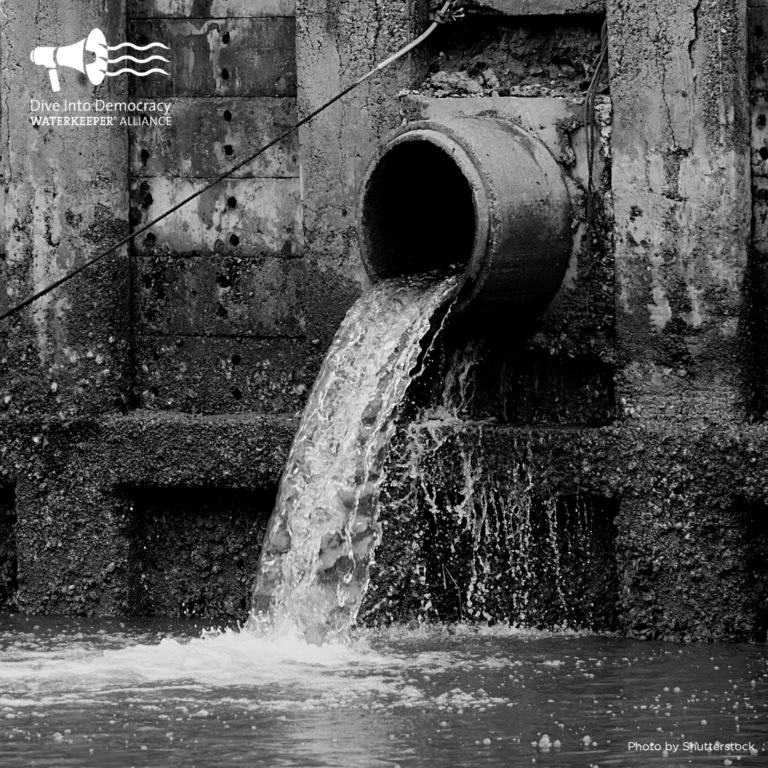Tell EPA: It’s Time to Adopt National Numeric Nutrient Limits on Water Pollution
By: Thomas Hynes

American waterways have a major nutrient pollution problem. Uncontrolled discharges of nitrogen and phosphorus are overwhelming waterways with more than they can handle. This overloading of nutrients causes toxic algal blooms, dead zones, and dangerous conditions for drinking water and recreation. It also destroys wildlife, causes billions of dollars in economic losses, and poses a real threat to people’s health and wellbeing. This is due, in large part, to the EPA’s failure to use the Clean Water Act to ensure that water quality standards are in place to control the sources of this pollution.
Excessive nutrient loads make their way into the water in a variety of ways. Animal waste is often overapplied to fields, primarily from confined animal feeding operations (CAFOs), at levels far above what is needed to grow crops. This abundance of nitrogen and phosphorus runs off and leaches into the groundwater and surface water at levels that are also too high for the water to handle. Municipal sewer plants that inadequately treat their waste discharges are also responsible, as are slaughterhouses, fertilizer manufacturers, food production facilities, other industrial activities, and nonpoint source pollution.
One of the main ways that nutrient pollution manifests in the ecosystem is through harmful algal blooms that produce dangerous toxins and hypoxic dead zones. Lake Erie has battled these toxic events for decades, including an event in 2014 when the city of Toledo warned its citizens to avoid tap water for three days due to the presence of algal toxins in the city’s treated drinking water. In the Gulf of Mexico, a dead zone measuring over six thousand square miles can no longer sustain marine life due to lack of oxygen. Harmful algal blooms and hypoxia caused by nutrient pollution also affect watersheds in California, Montana, Virginia, and just about every other state in the country.
Beyond posing a risk to drinking water and human health, harmful algal blooms caused by nutrient pollution are also bad for the economy. Several industries are harmed by these toxic events, including fishing, recreation, real estate, tourism, and more. All told, the negative economic impacts of nutrient pollution have been estimated to be as high as $4 billion a year.
Decades ago, EPA recognized the need for numeric water quality standards to control nutrient pollution, leading the agency to formalize a call for states to adopt these standards in its 1998 Nutrient National Strategy for the Development of Regional Nutrient Criteria. Many more urgent calls for the adoption of these criteria have been made by EPA and its task forces since that time. However most waters across the country remain unprotected by numeric nutrient standards because the states have failed to act. It is clear that simply urging the states to adopt these standards, as the EPA did again in April 2022, will not solve this problem. It is long past time for EPA to take action and finally address what it calls one of America’s most widespread, costly and challenging environmental problems with the primary solution it identified nearly three decades ago.
National numeric standards will set a floor for nutrient levels in the nation’s waters and ensure that states adopt, implement, and enforce more protective water quality standards. These standards would apply to CAFOs, municipal sewage treatment systems, slaughterhouses, and other industrial sources of water pollution, and would force the cleanup of waterways that are already polluted by nutrients and toxic algal blooms across the country.
Your supportive action can help encourage EPA to adopt national standards to control and clean up nutrient pollution and better protect our nation’s waters.